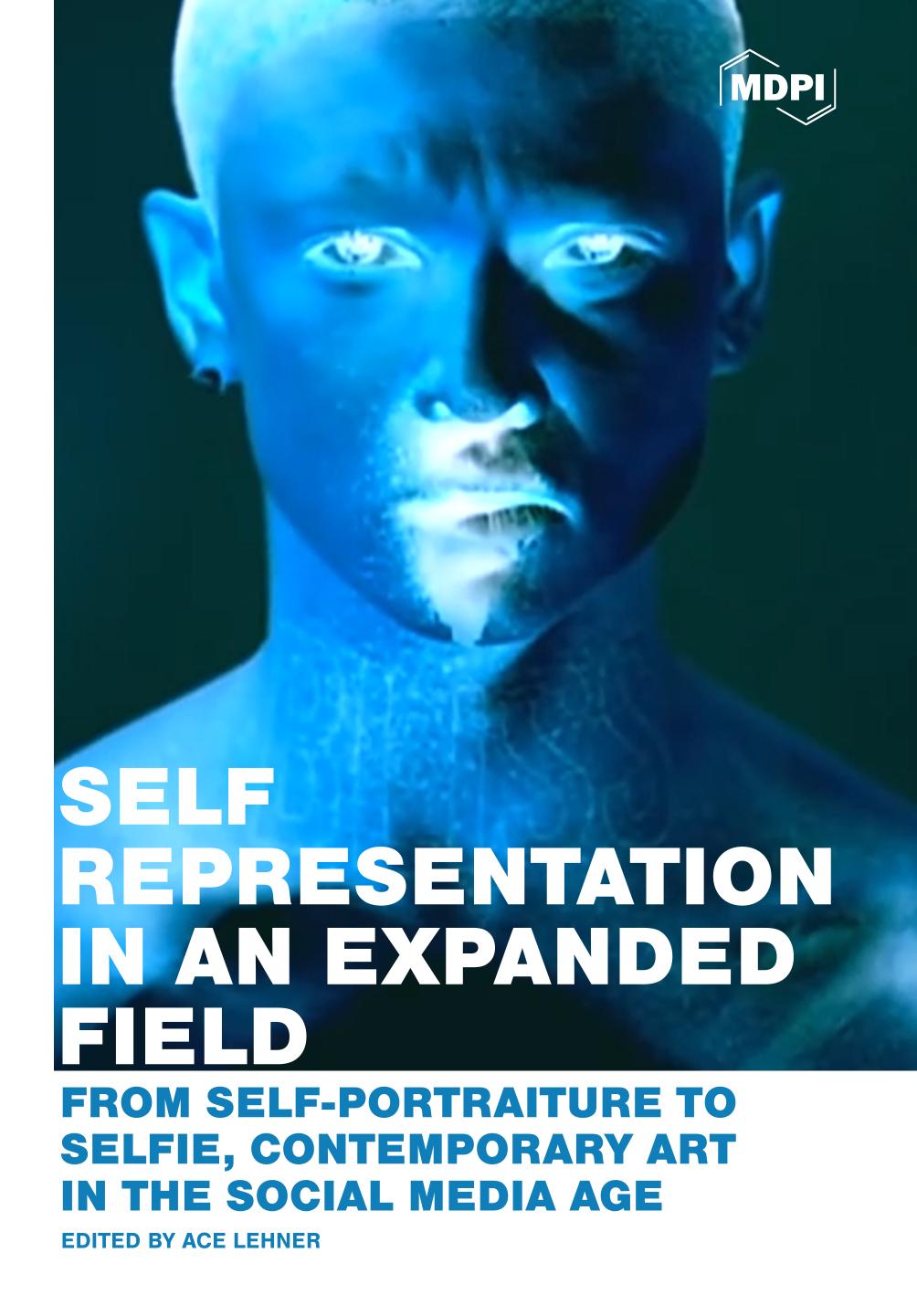

Most ebook files are in PDF format, so you can easily read them using various software such as Foxit Reader or directly on the Google Chrome browser.
Some ebook files are released by publishers in other formats such as .awz, .mobi, .epub, .fb2, etc. You may need to install specific software to read these formats on mobile/PC, such as Calibre.
Please read the tutorial at this link: https://ebookbell.com/faq
We offer FREE conversion to the popular formats you request; however, this may take some time. Therefore, right after payment, please email us, and we will try to provide the service as quickly as possible.
For some exceptional file formats or broken links (if any), please refrain from opening any disputes. Instead, email us first, and we will try to assist within a maximum of 6 hours.
EbookBell Team

4.7
56 reviewsDefined as a self-image made with a hand-held mobile device and shared via social media platforms, the selfie has facilitated self-imaging becoming a ubiquitous part of globally networked contemporary life. Beyond this selfies have facilitated a diversity of image making practices and enabled otherwise representationally marginalized constituencies to insert self-representations into visual culture. In the Western European and North American art-historical context, self-portraiture has been somewhat rigidly albeit obliquely defined, and selfies have facilitated a shift regarding who literally holds the power to self-image. Like self-portraits, not all selfies are inherently aesthetically or conceptually rigorous or avant-guard. But, -as this project aims to do address via a variety of interdisciplinary approaches- selfies have irreversibly impacted visual culture, contemporary art, and portraiture in particular. Selfies propose new modes of self-imaging, forward emerging aesthetics and challenge established methods, they prove that as scholars and image-makers it is necessary to adapt and innovate in order to contend with the most current form of self-representation to date. The essays gathered herein will reveal that in our current moment it is necessary and advantageous to consider the merits and interventions of selfies and self-portraiture in an expanded field of self-representations. We invite authors to take interdisciplinary global perspectives, to investigate various sub-genres, aesthetic practices, and lineages in which selfies intervene to enrich the discourse on self-representation in the expanded field today.